Il Nostro Giardino Alternativo – English Translation Posted by Geoff on Jun 27, 2019 in Translation
Con l’arrivo della bella stagione è arrivato anche il desiderio di dedicarci al giardinaggio, ma per quest’anno abbiamo pensato ad un giardino alternativo.
The arrival of summer has brought with it the desire to dedicate ourselves to gardening, but this year we’ve come up with an idea for a different kind of garden.
Siccome il nostro terreno è molto argilloso e roccioso, e con il sole estivo diventa duro come la pietra, abbiamo deciso di mettere le piante nei vasi e di usarli per decorare il vecchio lavatoio del paese che è proprio di fronte alla nostra porta di casa.
As our land is very clayey and rocky, and becomes as hard as stone under the summer sun, we’ve decided to put the plants in vases and to use them to decorate the old village laundry that’s right in front of our house.
Allora, per prima cosa abbiamo comprato dei semi di fiori che io ho seminato in semenzai biodegradabili: nasturzi, ipomee, girasoli e margheritone. I primi tre hanno tutti germogliato senza problemi, ma delle margherite non n’è spuntata nemmeno una … eppure qui in zona crescono selvatiche lungo la strada. Vabbè, pazienza!
So firstly, we bought some flower seeds which I sowed in biodegradable planters: nasturtiums, convolvulus, sunflowers and oxeye daisies. The first three all germinated without a problem, but not even one of the oxeye daisies came up … and yet round here they grow wild along the roadside. Oh well, patience!
Nel frattempo, Geoff ha stuccato il pavimento davanti al lavatoio che aveva restaurato l’estate scorsa. E’ venuto veramente bello, non c’è che dire! Poi abbiamo ripulito le due vasche dalle erbacce e dai detriti che si erano accumulati nel tempo.
In the meantime, Geoff stuccoed the paving in front of the laundry which he’d restored last summer. It turned out really nicely, no doubt about it! Then we cleaned out the two water tanks of all the weeds and detritus that’d accumulated over time.
Nella vasca più piccola abbiamo messo due mastelli di plastica, di quelli che i muratori usano per impastare il cemento, ci abbiamo fatto dei buchi per il drenaggio, e dentro vi abbiamo piantato due piante di zucchine, varietà ‘trombette di Albenga’, regalateci da degli amici. Davanti al parapetto della vasca più grande abbiamo invece messo tre vasi con delle piante di nasturzi, che ravvivano il lavatoio coi loro fiori arancioni.
In the smaller water tank we put two plastic tubs of the type that builders use to mix cement in, we made drainage holes, and planted two ‘trombetta di Albenga’ courgette plants in them which were given to us by some friends. Then we put three vases containing nasturtiums in front of the parapet of the bigger water tank, they brighten up the laundry with their orange flowers.
Ispirati dai nostri nuovi vicini di casa, abbiamo cercato anche dei vasi alternativi, di riciclo: Geoff ha scartavetrato un vecchio barile abbandonato, e l’ha poi dipinto di un bel azzurro cielo, che mi da tanta allegria perché mi fa pensare al mare. L’abbiamo posizionato sull’aia vicino alla casetta degli attrezzi e vi abbiamo trapiantato delle ipomee.
Inspired by our new neighbours, we also searched for recyclable objects to use as alternative vases: Geoff sanded down an old abandoned barrel, then he painted it a lovely sky blue, which makes me feel really cheerful because it reminds me of the sea. We positioned it on the threshing floor close to the tool shed and we transplanted some convolvulus into it.
Un altro mastello, con dei girasoli, è stato messo accanto alla fontana. Per nascondere la plastica nera non molto attraente del contenitore, Geoff ha costruito una semplice fioriera di legno che ha poi verniciato di verde. Infine abbiamo messo altri vasi con le piantine rimaste qua e là lungo le scale e sull’aia.
We put another tub with some sunflowers in it next to the fountain. In order to hide the not very attractive black plastic of the container, Geoff built a simple wooden planter, which he then painted green. Finally we put more vases with the remaining little plants in them here and there along the stairs and on the threshing floor.
Ma non è finito qui. Sia le ipomee che i nasturzi sono piante rampicanti, per cui hanno bisogno di un sostegno. Abbiamo quindi comprato delle rete apposta da attaccare ai muri. Per fare prima Geoff mi ha chiesto di aiutarlo … non l’avesse mai fatto! Non so come, sono riuscita ad ingarbugliare completamente il rotolo della rete. Ci sono voluti due giorni e tre persone per dipanarla!
But that wasn’t the end of it. Both the convolvulus and the nasturtiums are climbing plants, and need some support. So we bought some netting specifically to fix to the walls. Geoff asked me to help him in order to get the job done quickly … he shouldn’t have done so! I don’t know how, but I managed to completely tangle up the roll of netting. It took two days and three people to untangle it!
Ma a parte questo piccolo incidente devo dire che abbiamo fatto un bel lavoro. Bravi!
But apart from this small incident I must say that we did a great job. Clever us!
Alla prossima!

Build vocabulary, practice pronunciation, and more with Transparent Language Online. Available anytime, anywhere, on any device.



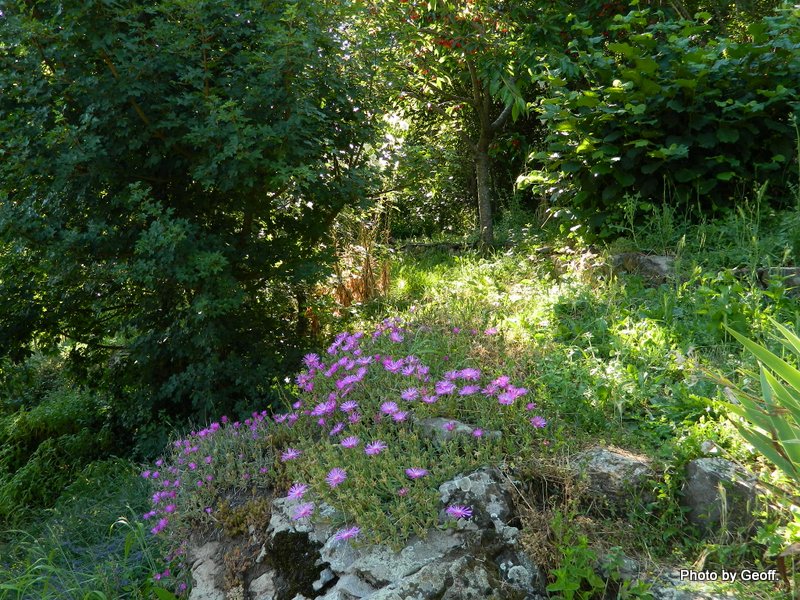
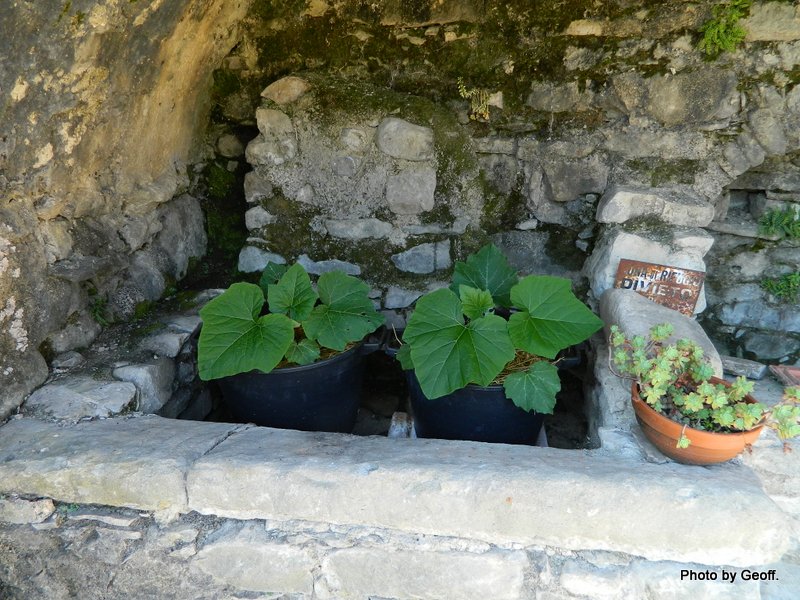
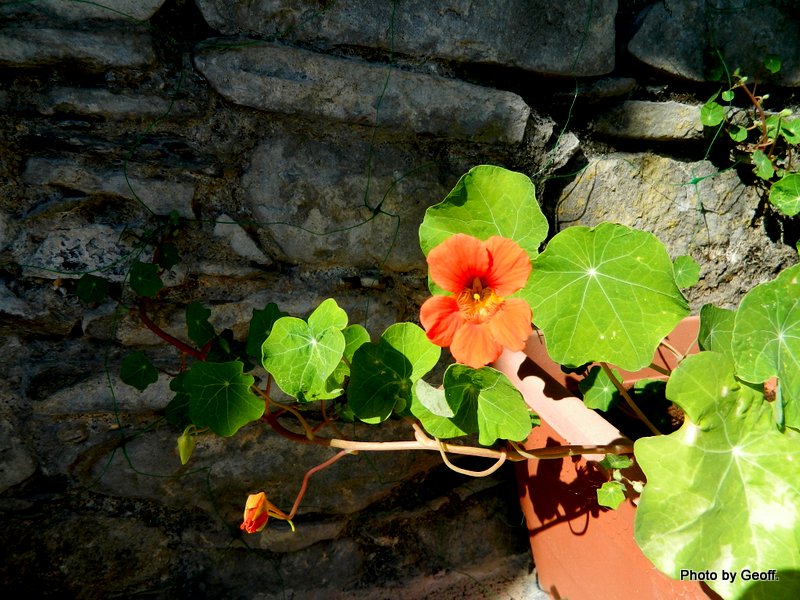
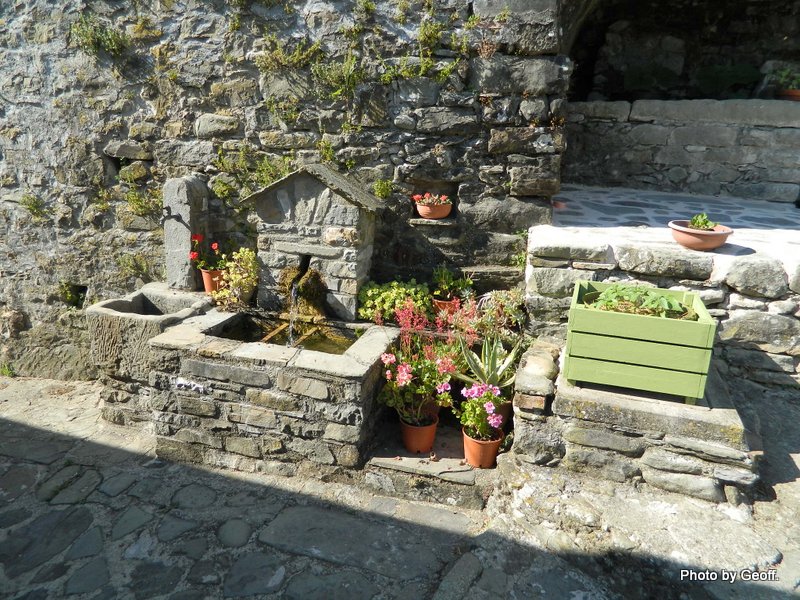
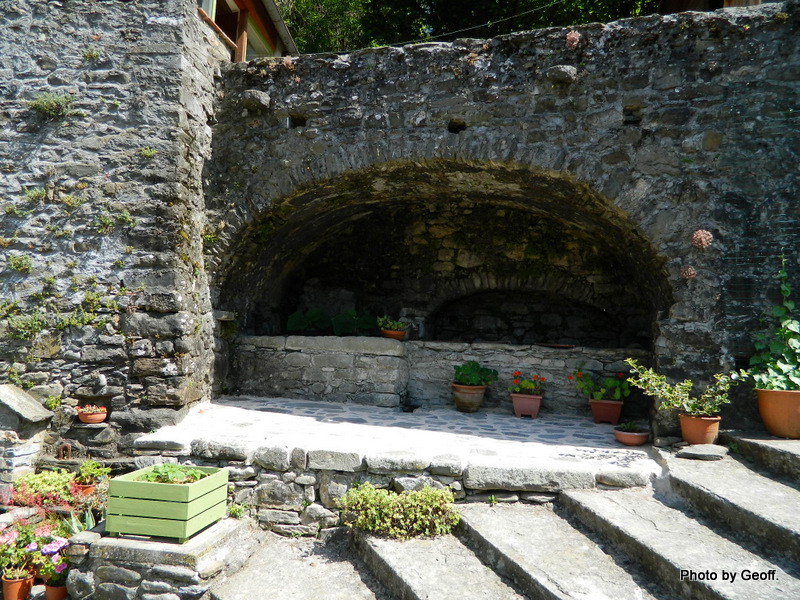

Comments:
Jan Mackay:
Brava! È anche molto interessanta e piacevole…grazia mille.
Ho anche imparato molto diverse nuove parole .??⚘???
Maria:
Mi piacerebbe sapere a quell’epoca la gente usava un lavabo e una lavanderia pubblica.
In oltre da dove veniva l’acqua? Questo lavabo e usato oggi giorno?
Finalmente non avete messo una foto de la rete. Buon lavoro felicitazioni.
Geoff:
@Maria Salve Maria! Fin verso gli anni Sessanta nei paesi la gente usava il lavatoio pubblico per fare il bucato. Per lavarsi invece raccoglievano l’acqua dalla fontana che portavano in casa, oppure avevano una rudimentale tubazione che portava l’acqua in casa. In ogni caso l’acqua veniva da una sorgente o dai torrenti che non mancano qui in montagna.
Saluti da Serena
jude:
Hello can someone explain the extra “ne” in the sentence “ma delle margherite, non n’e spuntata nemmeno una” please? I am slowly learning but find a lot confusing !!!! Thanks
jude:
Oops – typed in the wrong email address!
Hello can someone explain the extra “ne” in the sentence “ma delle margherite, non n’e spuntata nemmeno una” please? I am slowly learning but find a lot confusing !!!! Thanks